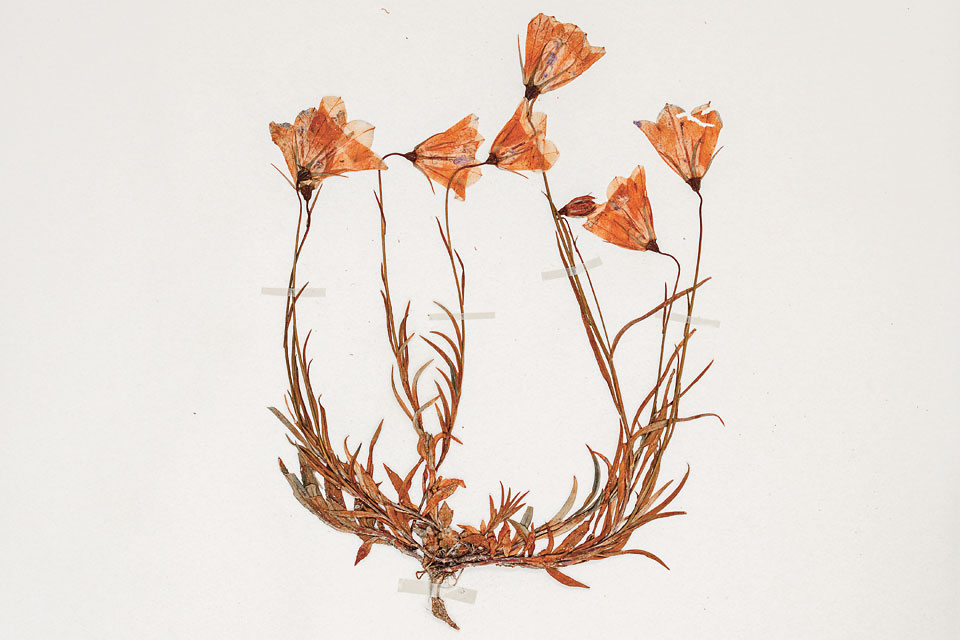Plant life is already reacting to climate change
Thomas Pfluger
What will the Swiss countryside look like in 50 years’ time? With climate change, the growing conditions for plants are also changing. Ansgar Kahmen, Professor of Sustainable Land Use in the Department of Botany at the at the University of Basel, is looking at how plant life is reacting to these changes.
The pasture land grazed by Switzerland’s cows is one focus of Kahmen and his team’s research. For a long time, scientists have suspected that areas of high biodiversity are better equipped to deal with extreme changes in weather. By measuring the yields from pastures with different compositions, the Basel researchers were able to provide conclusive support for this hypothesis. As a result of their findings, a wider variety of seed types will now be used for pasture land to ensure that our dairy cows have enough to eat even during relatively dry spells.
Kahmen also found important signs that environmental changes over the last 100 years have already started to affect our flora. “We have the first indications that plants today behave differently from those 150 years ago,” Kahmen says. “The effects of global change are not a vision of the future – we are experiencing them right now.” He was able to look back into the past thanks to historical plant collections like those of the Department of Botany and the Basel Botanical Society. These herbaria, which record the history of plants over more than 300 years, are not only beautiful – they are also an extremely important resource for modern research.
According to Kahmen, plants do far more than keep our countryside looking pretty or sustain the agricultural industry. “They prevent the soil being washed away, keep atmospheric humidity in balance and provide us with clean drinking water.” They even help to slow down climate change, as they lock up a quarter of surplus carbon dioxide globally. If we want to know the future, we cannot afford to disregard what is happening to our plant life.


